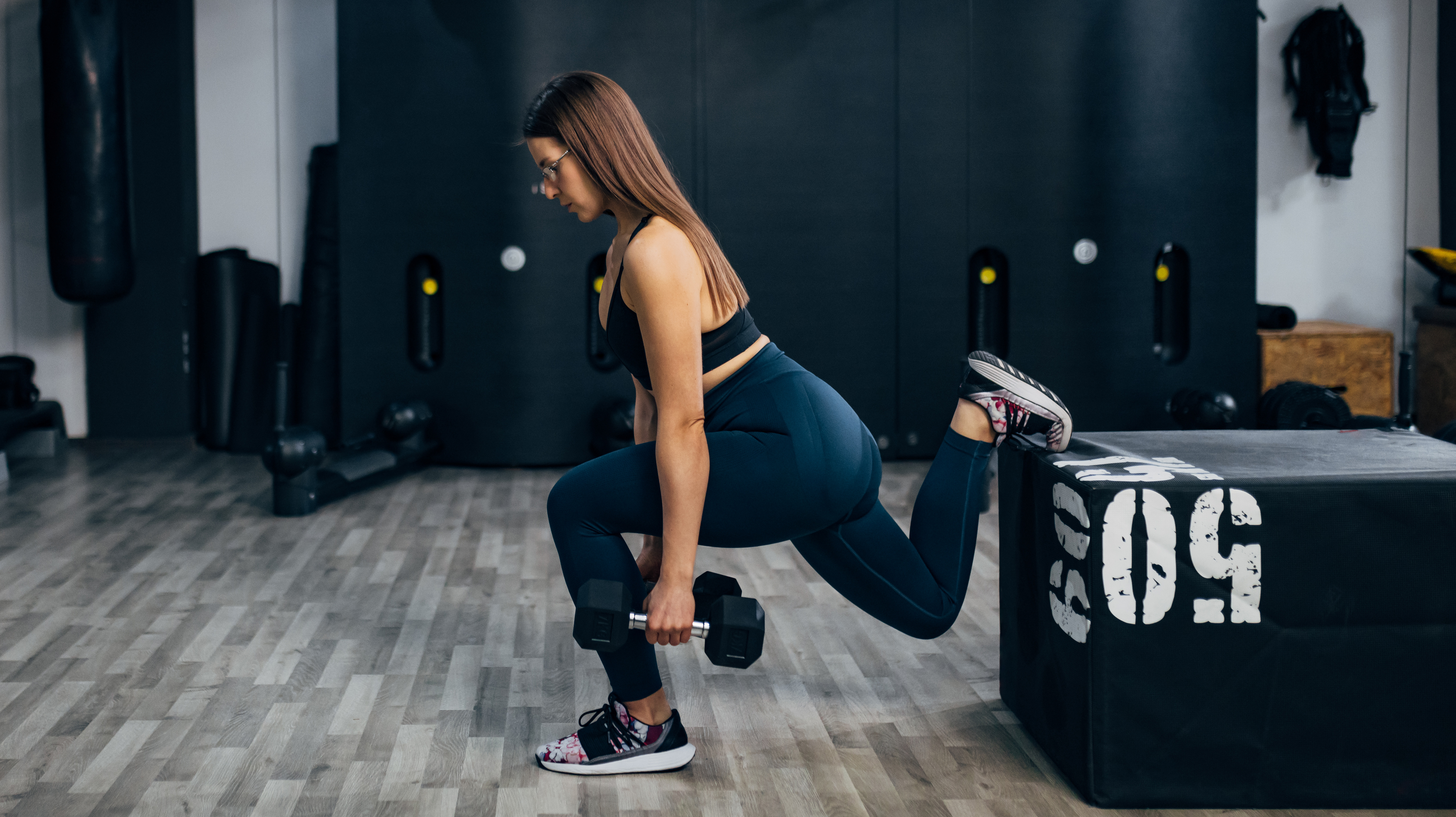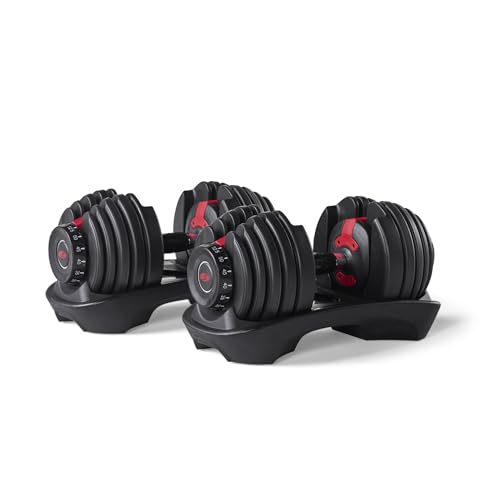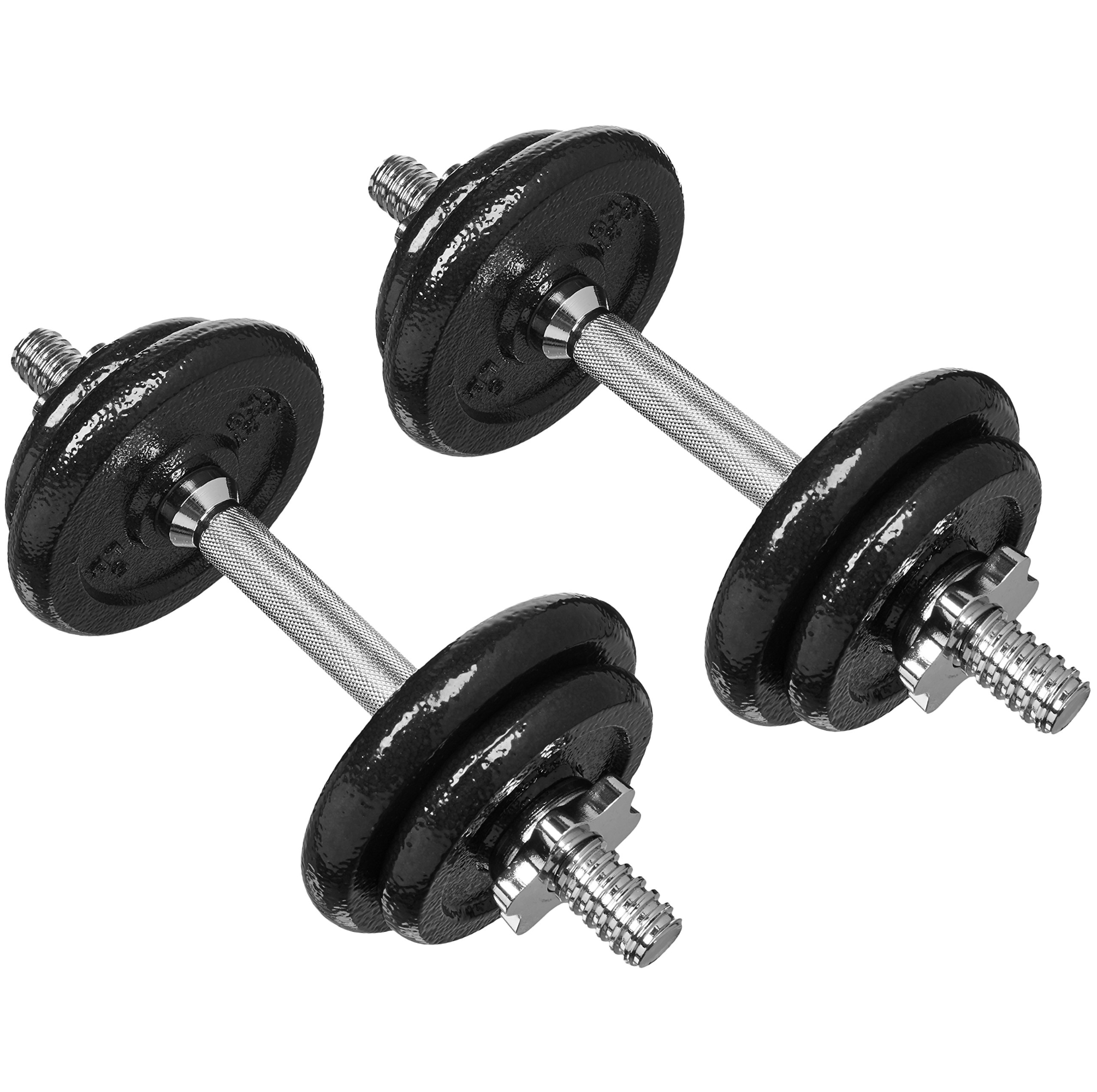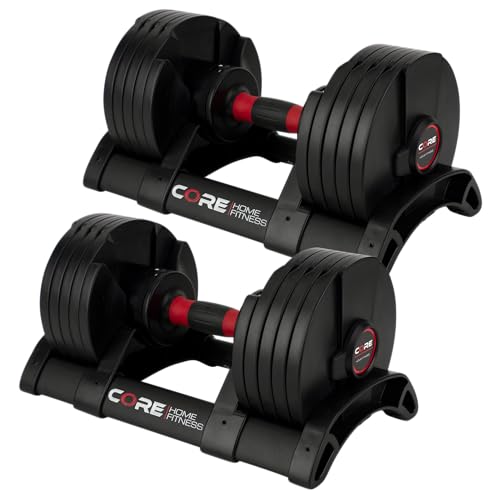
I’ve always struggled with Bulgarian split squats. The single-leg exercise demands a degree of balance that I find challenging, even without weights. I thought my legs simply weren’t strong enough to execute the move until I found this step-by-step guide from a Bodybuilding.com trainer.
The video is less than a minute long but it helped me build up to a weighted Bulgarian split squat through a series of foolproof steps. The trainer starts with an explanation of how to set up your legs, using the bar from a barbell for balance, and ends by explaining how to add weight to the move.
If you want to reap the benefits of unilateral training, watch the video below.
How to make sure you’ve got the perfect Bulgarian split squat form
My Bulgarian split squat experiment
I don’t have a barbell bar or weight bench at home so I used a mop and my coffee table. Once I had my equipment ready, I followed the trainer’s positioning tips.
I had previously been keeping my feet shoulder-width apart, as the trainer suggested, but had been standing too far forward from the bench. This meant I hadn’t been placing my lower leg on the surface behind me, instead only using my foot for a counterbalance.
I had also been trying to perform the move with a 10kg/ 22lb kettlebell, but for the sake of learning proper form, I put it to one side and picked up my mop instead. While tweaking my stance improved my balance, using the upside-down mop had an even bigger impact, helping me squat down and stand up without wobbling.
I used the mop for several sessions, performing two sets of 10 Bulgarian split squats on each leg, before moving onto an unsupported squat without the stabilizing prop.
Once I was confident that my form was correct, I added a 6kg/ 13lb kettlebell to the exercise, holding it in the opposite hand to my working leg. I gradually built up to an 8kg/17.6lb weight, then 10kg/22lb again.
I now incorporate Bulgarian split squats in my regular workouts. It helps me maintain strength in my quads and glutes, but it also targets my hamstrings, hip abductors, and even my oblique muscles. It challenges my core, too, as I have to engage these muscles to maintain my stability.
Shop adjustable dumbbells
Adjustable weights are great for moves like this one, as you can add more load whenever the exercise gets too easy. All of the below are taken directly from our guide to the best adjustable dumbbells, so they have been tried and tested by our team.










